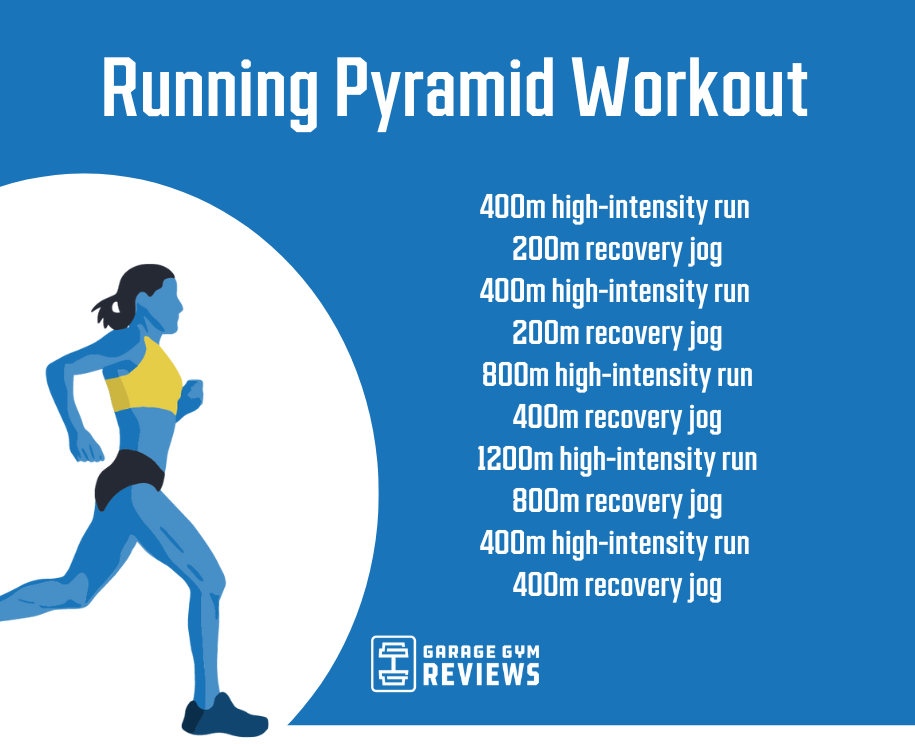Managing Typical Running Discomforts: Reasons, Solutions, and Avoidance
As runners, we usually run into different pains that can hinder our performance and enjoyment of this physical activity. From the devastating discomfort of shin splints to the unpleasant IT band disorder, these usual operating discomforts can be frustrating and demotivating. Comprehending the reasons behind these conditions is important in properly addressing them. By checking out the root factors for these operating discomforts, we can uncover targeted services and safety nets to make certain a smoother and extra fulfilling running experience (visit).
Usual Running Discomfort: Shin Splints
Shin splints, an usual running discomfort, commonly result from overuse or incorrect footwear during physical task. The recurring stress and anxiety on the shinbone and the tissues connecting the muscular tissues to the bone leads to swelling and discomfort.
To stop shin splints, individuals ought to gradually enhance the strength of their exercises, use proper shoes with correct arch assistance, and keep versatility and stamina in the muscle mass bordering the shin. If shin splints do take place, first therapy involves rest, ice, compression, and elevation (RICE) Furthermore, incorporating low-impact tasks like swimming or biking can assist keep cardio physical fitness while allowing the shins to recover. Consistent or extreme cases may require medical examination and physical therapy for efficient monitoring.
Common Running Discomfort: IT Band Disorder
In addition to shin splints, an additional widespread running pain that athletes usually come across is IT Band Disorder, a condition brought on by swelling of the iliotibial band that runs along the outer thigh and knee. IT Band Disorder commonly materializes as discomfort outside of the knee, particularly throughout activities like running or biking. The iliotibial band is a thick band of fascia that attaches the aware of the shin, and when it comes to be irritated or tight, it can scrub versus the thigh bone, bring about pain and pain.
Joggers experiencing IT Band Syndrome may observe a painful or aching experience on the outer knee, which can worsen with ongoing activity. Aspects such as overuse, muscular tissue imbalances, improper running kind, or poor workout can contribute to the growth of this problem.
Usual Running Pain: Plantar Fasciitis

Plantar Fasciitis can be connected to different factors such as overtraining, incorrect footwear, running on hard surface areas, or having high arcs or level feet. To avoid and alleviate Plantar Fasciitis, runners can include stretching workouts for the calves and plantar fascia, wear supportive shoes, maintain a healthy weight to reduce strain on the feet, and progressively increase running strength to stay clear of abrupt stress and anxiety on the plantar fascia. If signs and symptoms continue, it is advised to consult a healthcare specialist for correct diagnosis and therapy alternatives to deal with the condition successfully.
Common Running Pain: Runner's Knee
After attending to the obstacles of Plantar Fasciitis, an additional prevalent concern that runners typically deal with is Jogger's Knee, an usual running discomfort that can hinder athletic performance and cause pain during exercise. Jogger's Knee, also referred to as patellofemoral pain disorder, materializes as discomfort around or behind the kneecap. This condition is commonly credited to overuse, muscular tissue imbalances, incorrect running techniques, or problems with the positioning of the kneecap. Joggers experiencing this discomfort might feel a dull, aching pain while running, increasing or down staircases, or after long term durations of sitting. To stop Jogger's Knee, it is crucial to incorporate appropriate workout and cool-down routines, preserve strong and balanced leg muscles, use proper shoes, and progressively raise running intensity. If published here symptoms continue, inquiring from a healthcare professional or a sports medicine specialist is suggested to identify the underlying reason and create a customized treatment plan to minimize the pain and stop additional issues.
Common Running Discomfort: Achilles Tendonitis
Commonly affecting runners, Achilles Tendonitis is an unpleasant condition that affects the Achilles ligament, creating pain and prospective constraints in physical activity. The Achilles ligament is a thick band of tissue that connects the calf bone muscles to the heel bone, essential for tasks like running, jumping, and walking - get the real info. Achilles Tendonitis usually develops as a result of overuse, improper shoes, poor stretching, or unexpected rises in physical task
Signs And Symptoms of Achilles Tendonitis include discomfort and rigidity along the tendon, particularly in the morning or after periods of lack of exercise, swelling that aggravates with activity, and perhaps bone stimulates in chronic instances. To protect against Achilles Tendonitis, it is necessary to stretch effectively before and after running, use suitable footwear with appropriate assistance, slowly raise the strength of exercise, and cross-train to minimize repetitive tension on the ligament.
Final Thought
